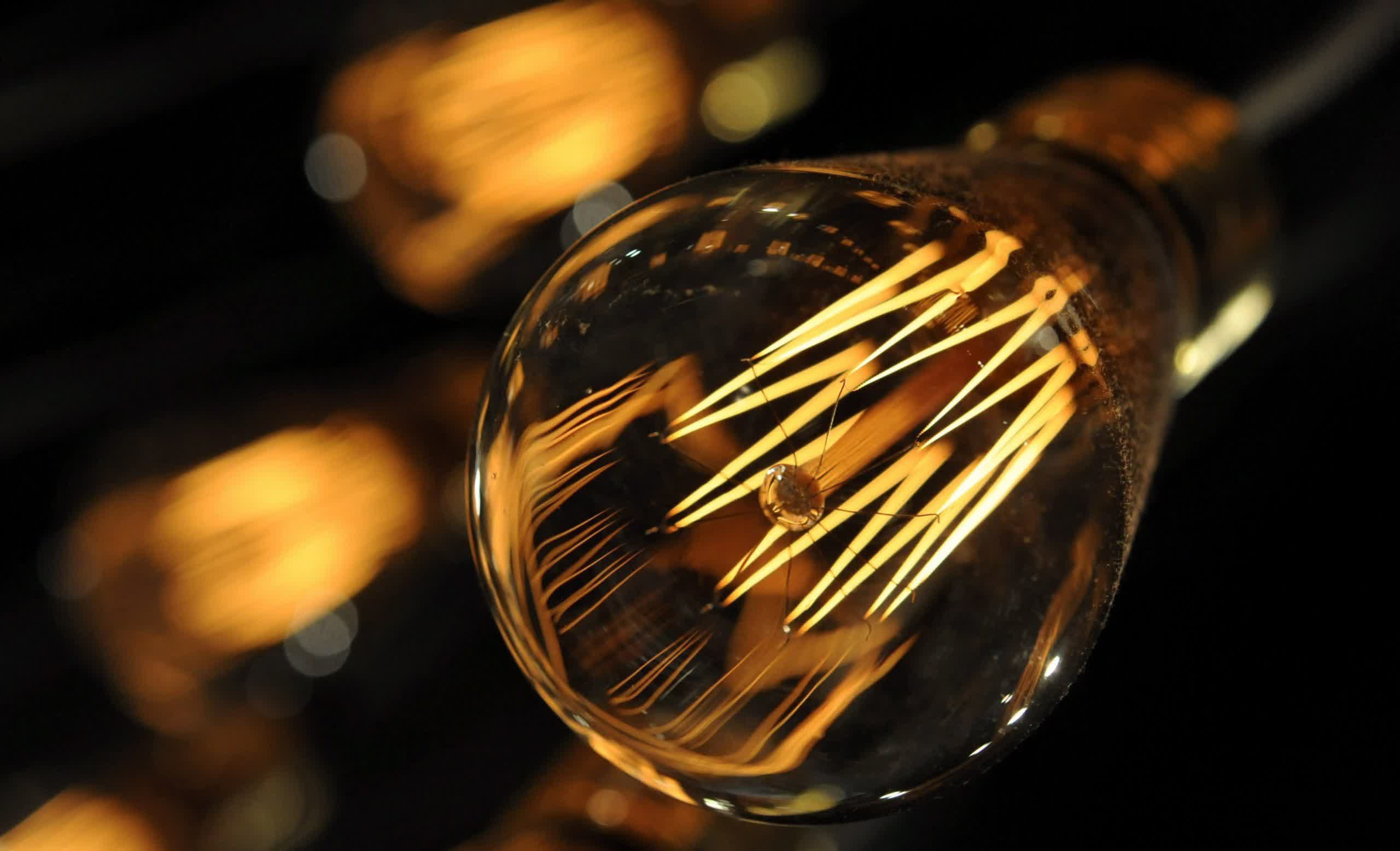Why it matters: Multiple companies have been developing Light Fidelity technology or LiFi for years, but the IEEE recently cleared a significant stepping stone toward standardization. The wireless communication format won't replace WiFi or 5G but has clear advantages that could make it useful in specific settings.

The IEEE has released the 802.11bb standard for LiFi internet, a wireless transmission system that can be faster and more secure than traditional wireless methods. The new standard paves the way for different manufacturers to make LiFi devices that are compatible with each other. However, don't expect WiFi and ethernet to go away anytime soon.
Instead of radio waves, Light Fidelity (LiFi) transmits data through flickering light from common LED bulbs to receivers that can detect photons and convert them back into information. Users shouldn't notice the flickering because it occurs at frequencies above 60Hz – too fast for the human eye to perceive. Moreover, LiFi signals can be 100 times faster than WiFi, potentially reaching 224GB/s.
Companies working on the technology, including pureLiFi, Fraunhofer HHI, and Philips, have integrated it into lighting systems so devices can receive internet through ceiling lights in homes or offices. Fraunhofer HHI has proposed using LiFi to enhance transportation by transmitting using street lamps, stop lights, and vehicle headlights, potentially enabling vehicle-to-vehicle communication.
Light-based internet can have a few distinct advantages over WiFi or 5G besides higher speeds. Since it doesn't use radio waves, it might be helpful in places where the radio wave spectrum is already congested. Furthermore, LiFi can maintain a strong signal in settings where other wireless technologies usually struggle, like inside tunnels. LiFi is also more secure because it doesn't penetrate opaque objects, preventing anyone from tracking, jamming, or intercepting networks through walls or outside a light source's reach.
However, the requirement for a connection through either line-of-sight or reflection presents a significant drawback, as it limits a LiFi network's potential range. For this reason, it will likely complement, rather than replace, current wireless technologies.
Additionally, using LiFi requires different receivers than the ones vendors already offer to customers and manufacturers for WiFi or 5G, adding to tech clutter. PureLiFi has proposed a light antenna for implementation in future smartphones, a USB receiver for existing PCs, and other Li-Fi-based products.